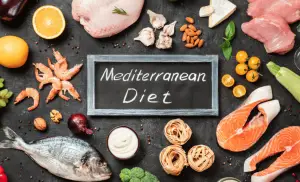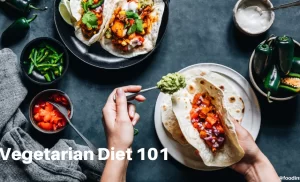Natural Remedies to Combat Ringworm
Ringworm, despite its name, is not caused by a worm but by a fungal infection that affects the skin. Here are some home remedies that may help alleviate symptoms and speed up recovery:
Tea Tree Oil: Tea tree oil has antifungal properties that can help fight ringworm. Dilute tea tree oil with a carrier oil like coconut oil and apply it directly to the affected area several times a day.
Apple Cider Vinegar: Apple cider vinegar has natural antifungal properties. Mix equal parts of apple cider vinegar and water and apply the solution to the affected area with a cotton ball several times a day.
Garlic: Garlic contains allicin, a compound with antifungal properties. Crush a few garlic cloves to extract the juice and apply it directly to the affected area. Leave it on for a few minutes before rinsing off with water.
Turmeric: Turmeric has antimicrobial and anti-inflammatory properties. Make a paste by mixing turmeric powder with water and apply it to the affected area. Leave it on for 30 minutes before rinsing off with lukewarm water.
Coconut Oil: Coconut oil has antifungal properties and can help soothe itching and irritation. Apply coconut oil directly to the affected area several times a day.
Aloe Vera: Aloe vera has soothing and healing properties that can help relieve itching and inflammation associated with ringworm. Apply fresh aloe vera gel to the affected area and leave it on for 20-30 minutes before rinsing off with water.
Saltwater Soak: Saltwater can help dry out the affected area and prevent the growth of fungi. Dissolve salt in warm water and soak the affected area for 10-15 minutes daily.
Oregano Oil: Oregano oil contains thymol and carvacrol, compounds with antifungal properties. Dilute oregano oil with a carrier oil and apply it to the affected area several times a day.
Keep the Area Clean and Dry: It’s essential to keep the affected area clean and dry to prevent the spread of ringworm. Wash the area with mild soap and water, and pat it dry with a clean towel.
Change Clothes and Bedding Regularly: Wash clothes, towels, and bedding regularly to prevent reinfection. Use hot water and detergent to kill any fungi present on these items.
If your symptoms persist or worsen despite home remedies, or if you have a severe or recurrent infection, consult a healthcare professional for further evaluation and treatment. They may prescribe antifungal medications or other interventions to help clear the infection.









